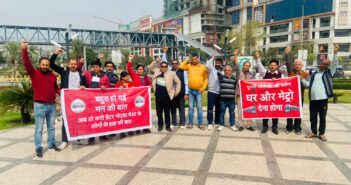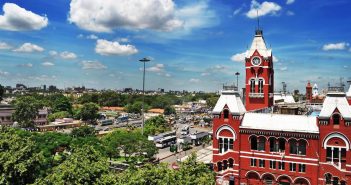
South India’s data centre market is on an impressive growth trajectory, with major cities like Chennai, Bangalore, and Hyderabad at the forefront. This surge is supported by substantial government incentives, strategic infrastructure investments, and a rising demand for digital services. The region is poised to play a crucial role in the global data centre landscape, with capacity projected to grow 65% by 2030.










